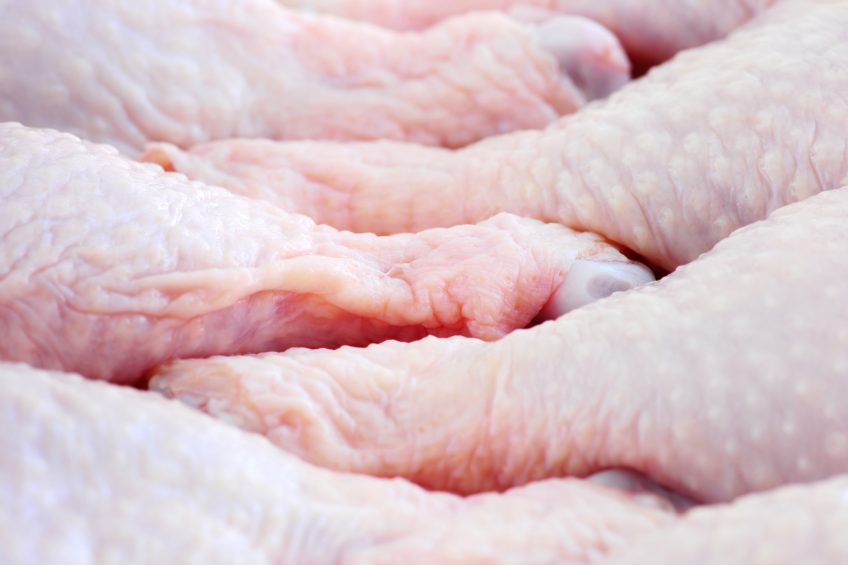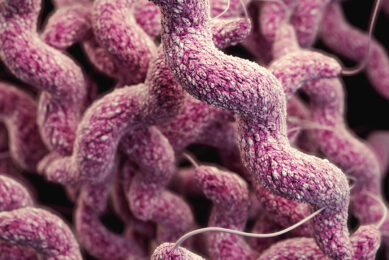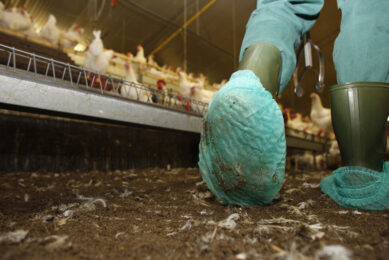Campylobacter levels drop again

Latest figures on campylobacter in fresh poultry reveal further drops in the highest level of contamination.
The dataset covers the period between October and December last year, and marks the first set of results published by retailers themselves, rather than the Food Standards Agency.
On average just 4.5% of chickens tested positive for the highest level of contamination, down from 5.14% in the previous period. The FSA said this was consistent with research that shows levels are generally lower in winter months.
The agency has been testing supermarket chicken since February 2014, and has ranked retailers based on their performance every quarter since. In September last year it stopped testing itself, instead shifting the burden to supermarkets under strict FSA protocols.
Campylobacter is considered the most common cause of food poisoning in the UK.
The FSA’s Michael Wight, welcomed the results. “We would like to thank the British Retail Consortium and the retailers for continuing to take the issue of campylobacter seriously and for working together to coordinate the publication of their results. We are actively working across smaller poultry businesses so that they can also contribute to reducing campylobacter levels.”













